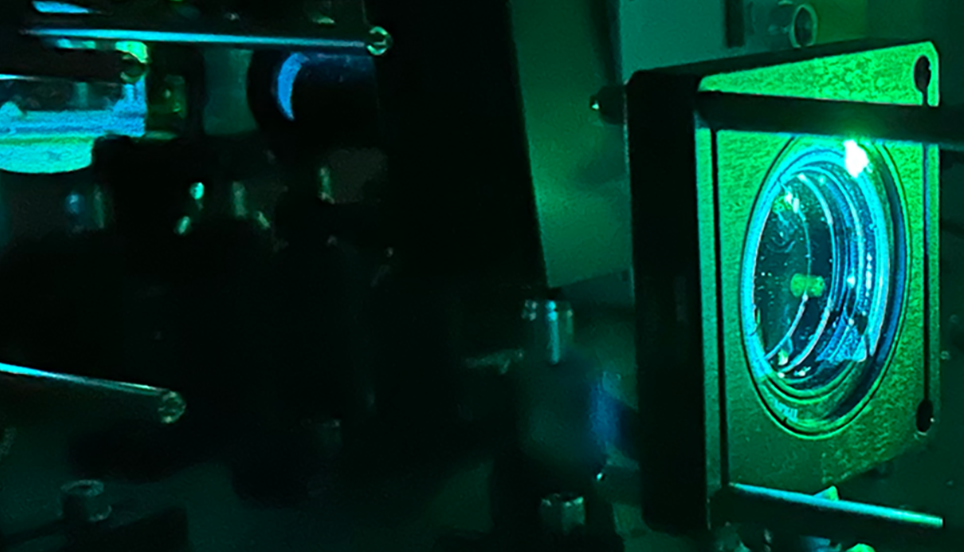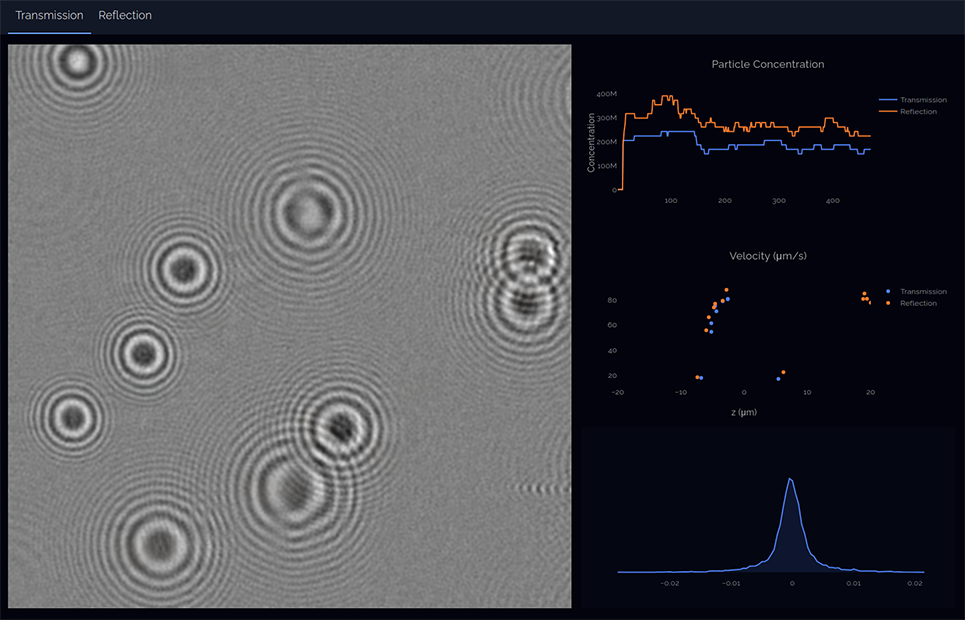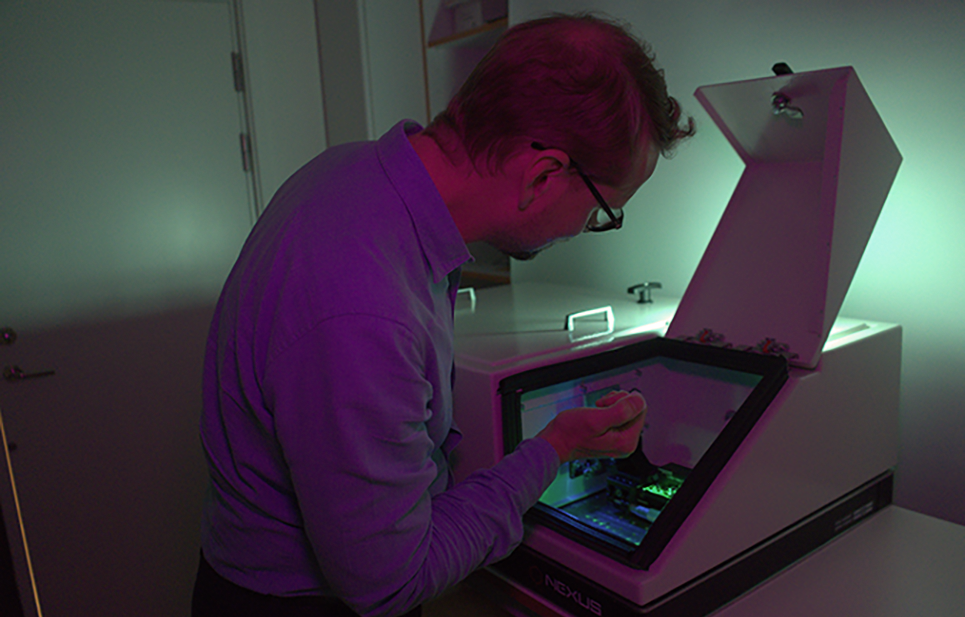Extracellular Vesicles
DAISY analysis is perfectly suited to rapid and convenient characterisation of extracellular vesicle samples. Alongside accurate size and concentration quantification, DAISY reveals refractive index and geometry details of your particles. This allows you to discern extracellular vesicles from potential contaminants, such as lipoproteins and protein aggregates, with ease. All of this information can be gathered regardless of the liquid in which your sample is contained.
What are extracellular vesicles and exosomes?
Extracellular vesicles are nano-sized particles secreted by a host of cell types. Exosomes represent a particular class of small (50-150 nm) extracellular vesicles produced within the endosomal system and released via organelle fusion with the plasma membrane. As well as exosomes, extracellular vesicles can include microvesicles, derived from budding of the plasma membrane, and the largest extracellular vesicle class, apoptotic bodies, arising from cells undergoing programmed cell death.
Extracellular vesicles contain a wide range of potentially bio-active molecules such as DNA, RNA, proteins, and metabolites. As a result, the idea of extracellular vesicles functioning in inter-cellular communication has growing support. Extracellular vesicle-mediated communication has been implicated in physiological processes and disease associated pathophysiological states.
The discovery that extracellular vesicles contain biomolecules, effectively protecting them from degradation, has spurred interest in their potential applications. Broadly, the interest in extracellular vesicles falls into three areas, diagnostics, extracellular vesicle-based treatments, and harnessing extracellular vesicles as therapeutic delivery vectors.
Although a relatively young field, it is clear that extracellular vesicle research has huge potential.
Characterisation of extracellular vesicles by DAISY NTA
One key problem in working with extracellular vesicles is that their small size makes in depth characterisation and comparison between samples difficult. It is in providing this in-depth characterisation that DAISY analysis excels. Standard approaches to characterisation such as nanoparticle tracking analysis (NTA), dynamic light scattering (DLS), and electron microscopy (EM) are each able to provide estimates of particle size, alongside some other sample characteristic such as concentration (NTA), polydispersity index (DLS, EM), particle geometry (EM). DAISY analysis is unique in that it can give accurate particle size, concentration, geometry, and refractive index, all in a single analysis. This multi-dimensional information can be also used to identify contaminants.
Key advantages of DAISY analysis
- Label-free
- Ability to distinguish EV from other contaminating particles, such as lipoproteins and protein aggregates
- Fast and accurate (from 20 seconds per sample of data acquisition)
- Independent of sample media composition (optical sizing, viscosity)
- Low sample requirements (from 10 µl per sample)


